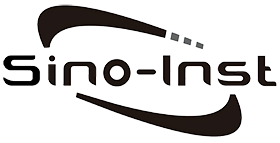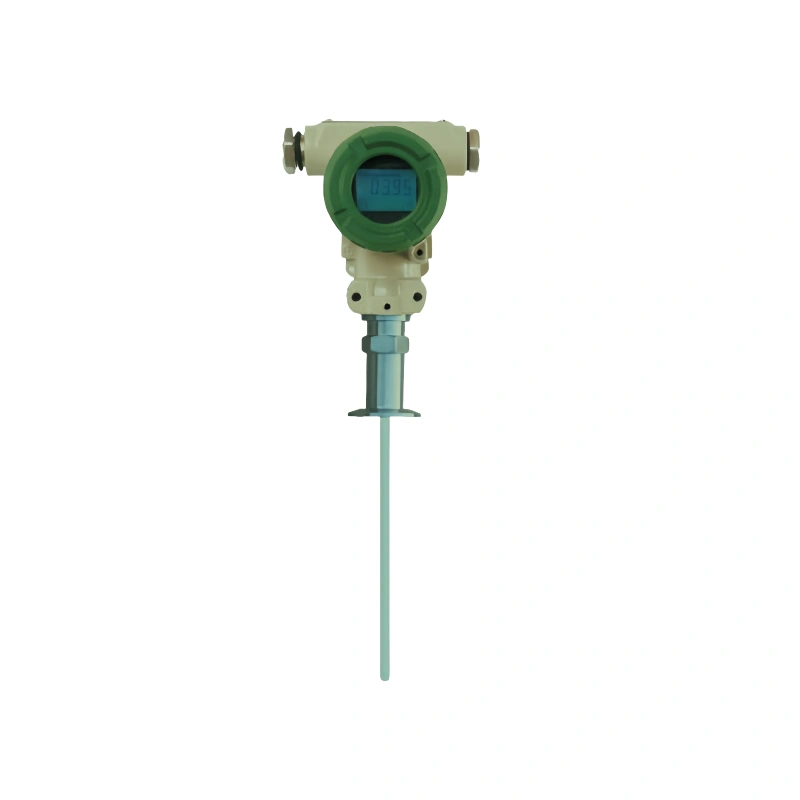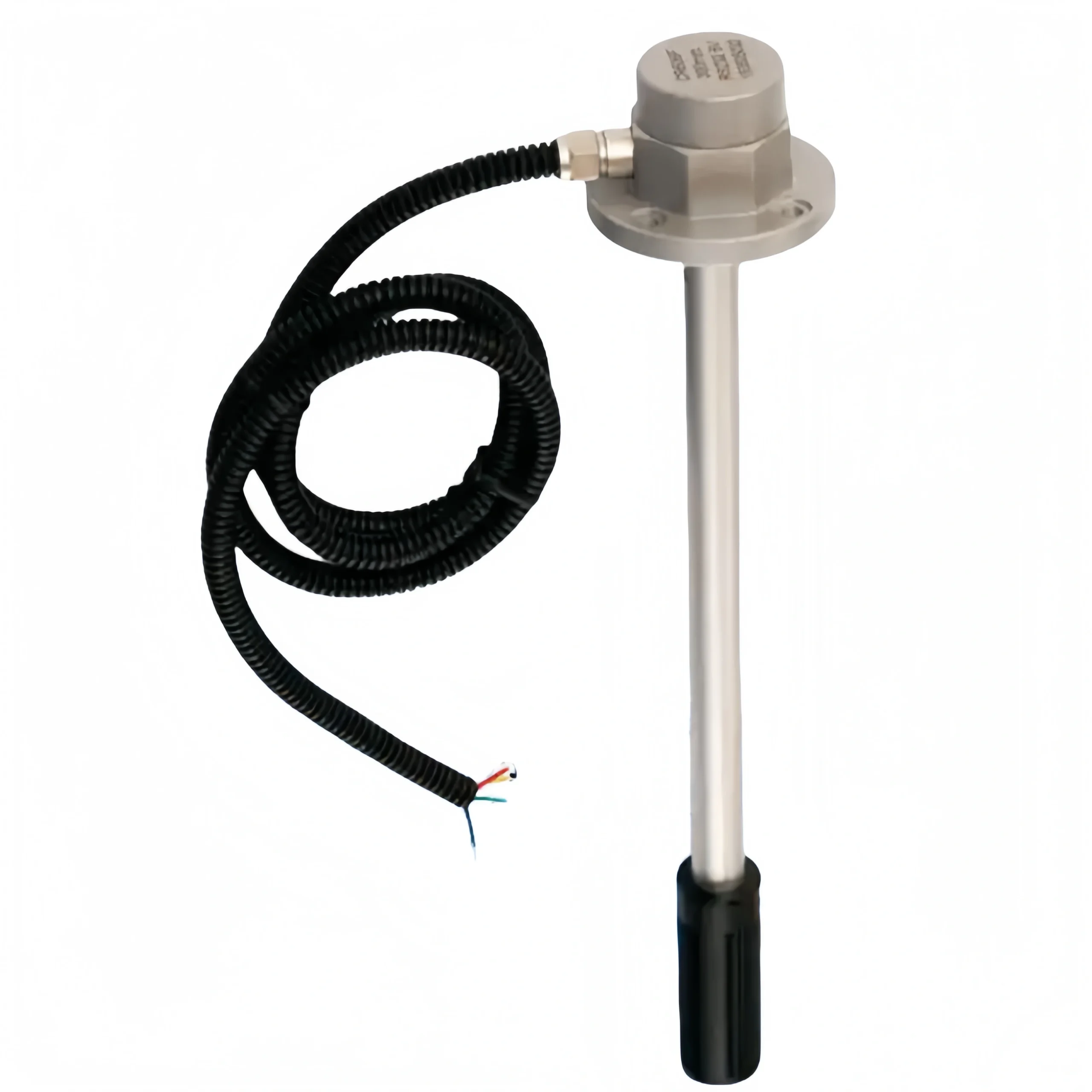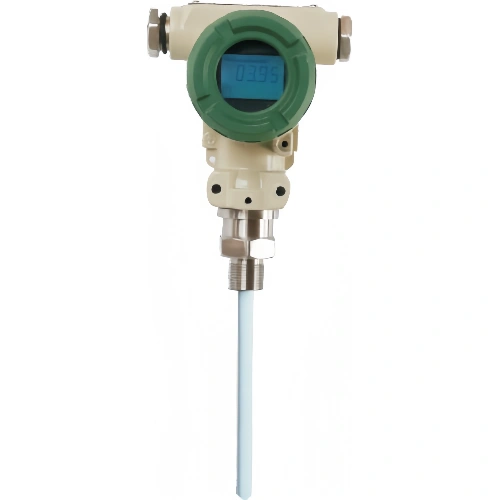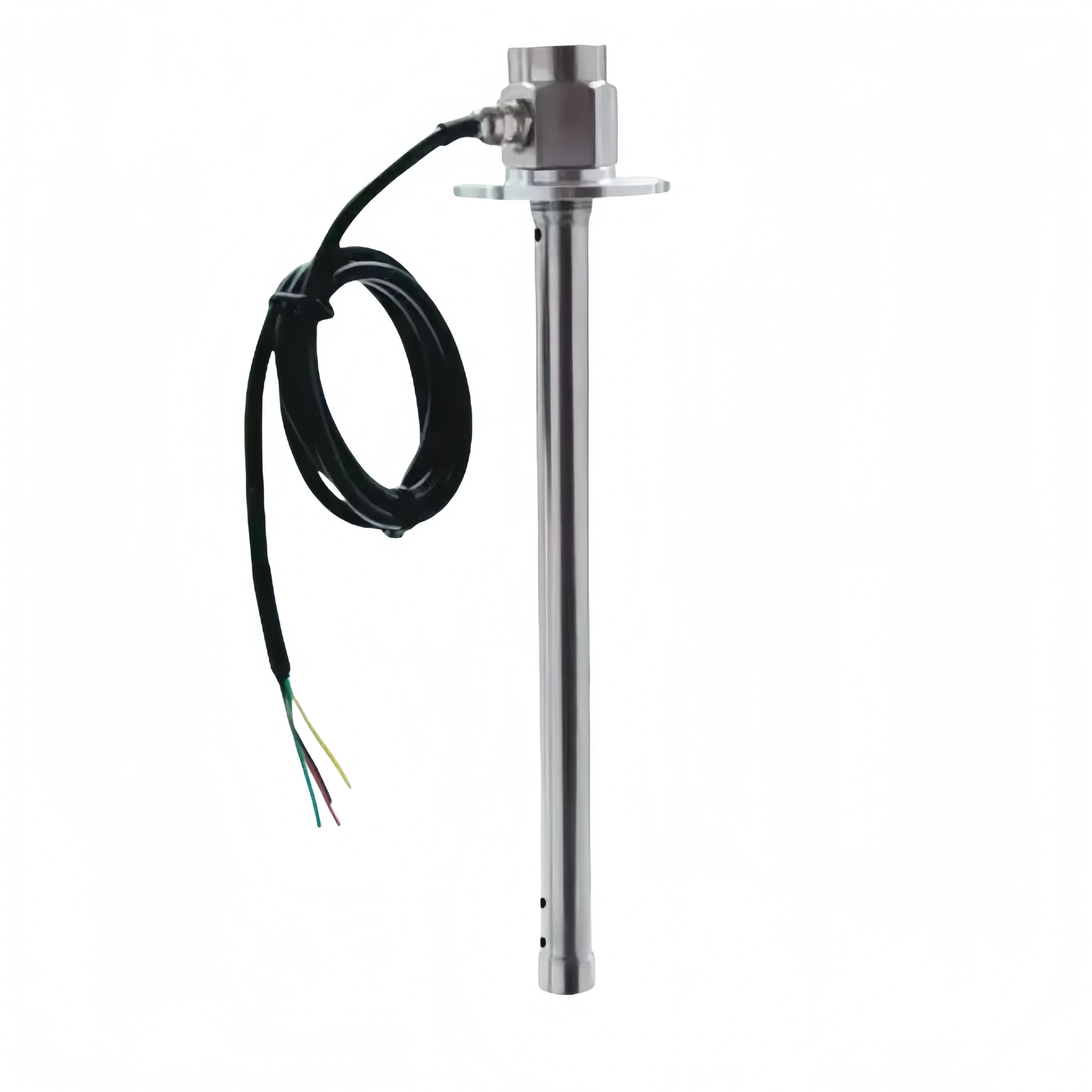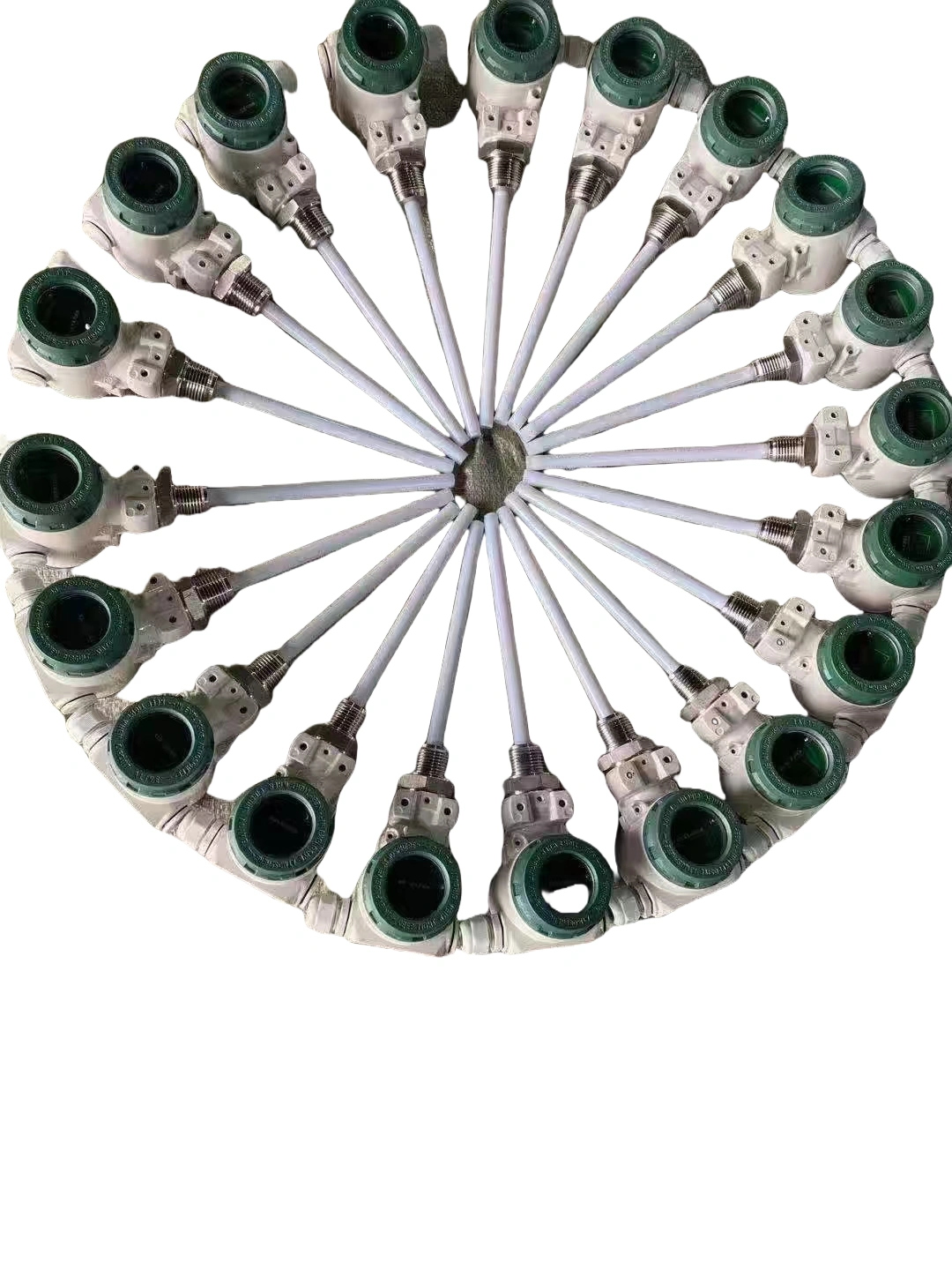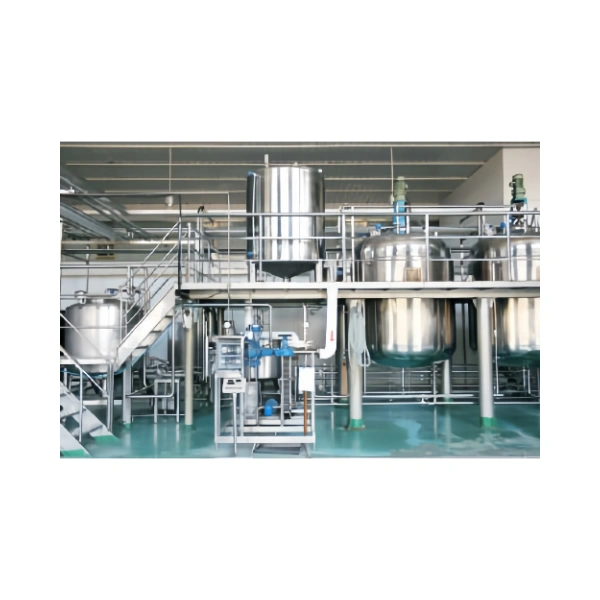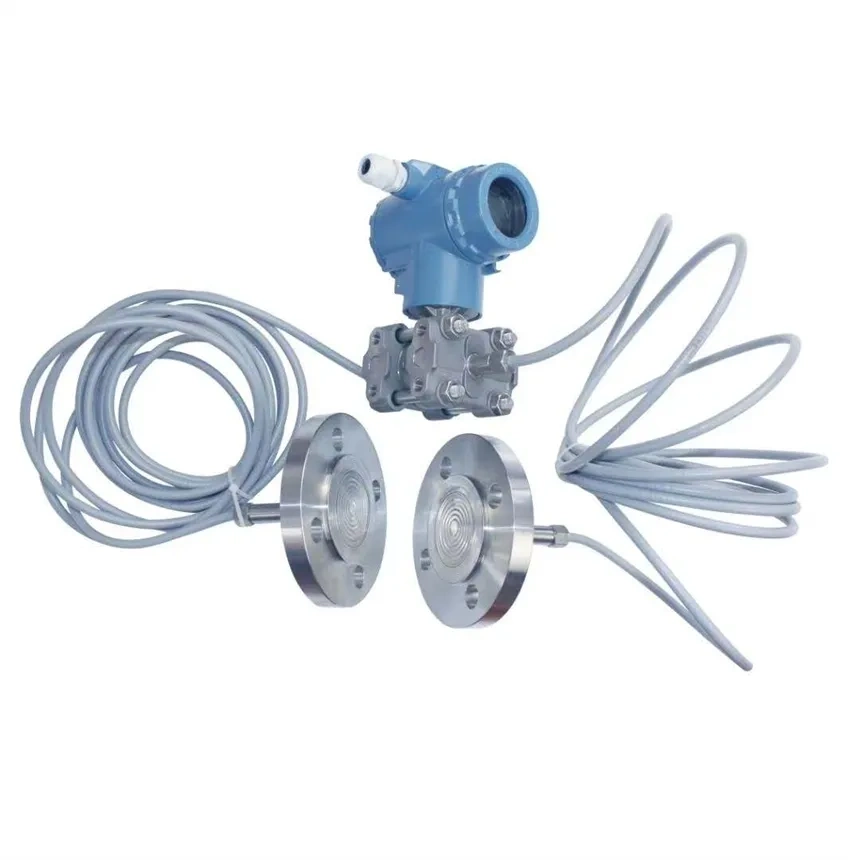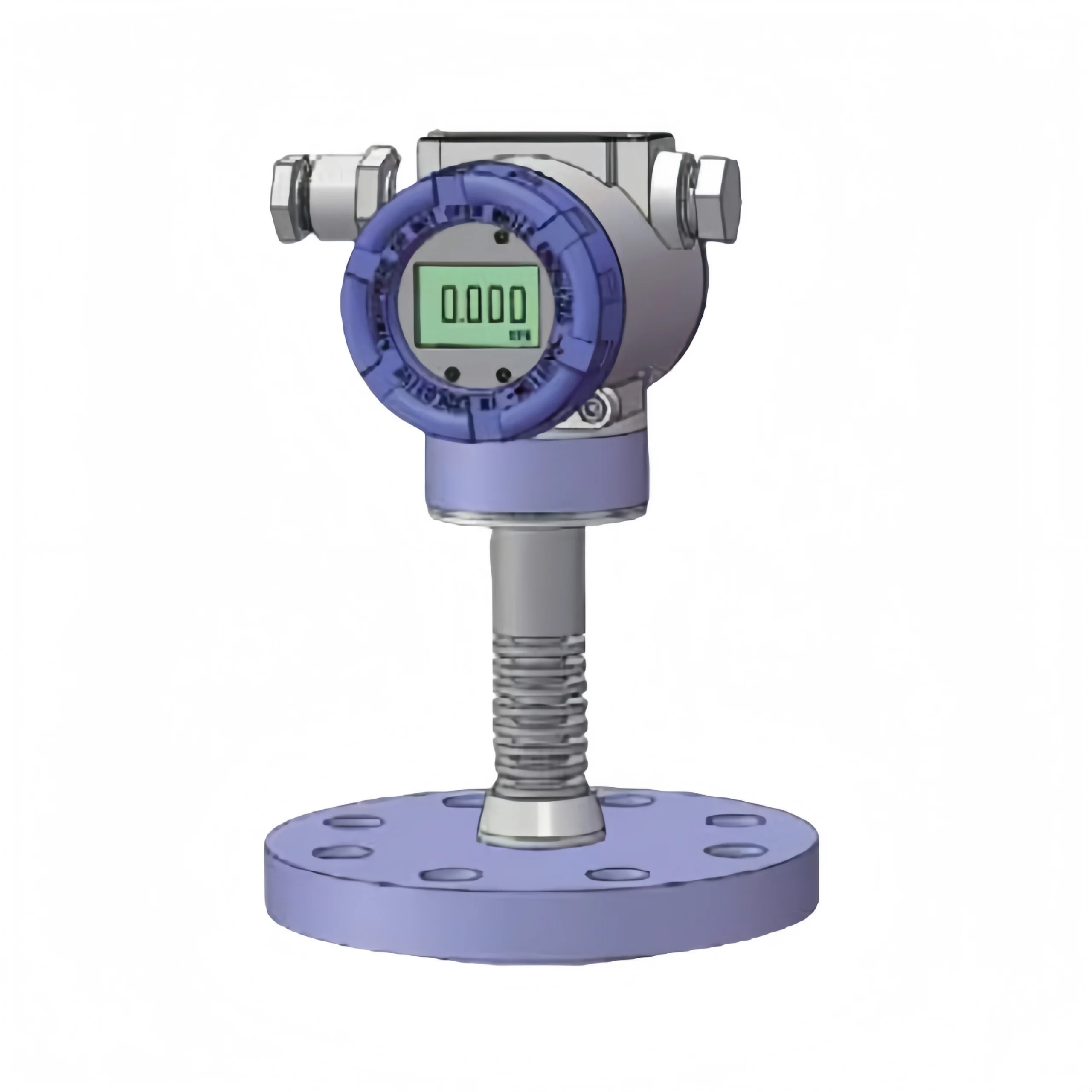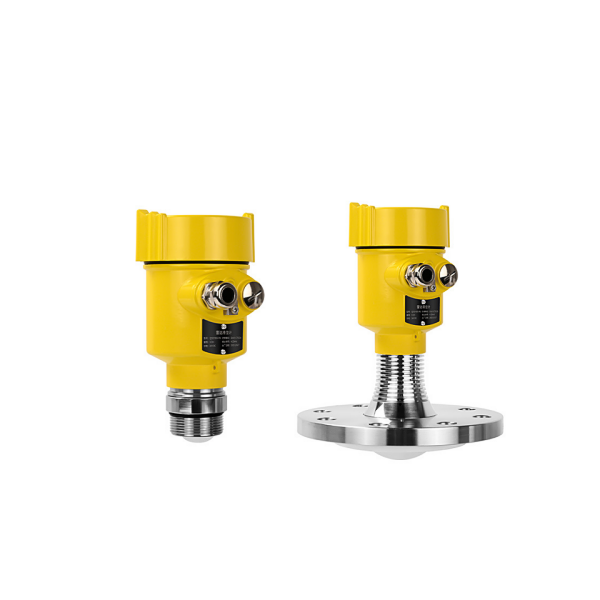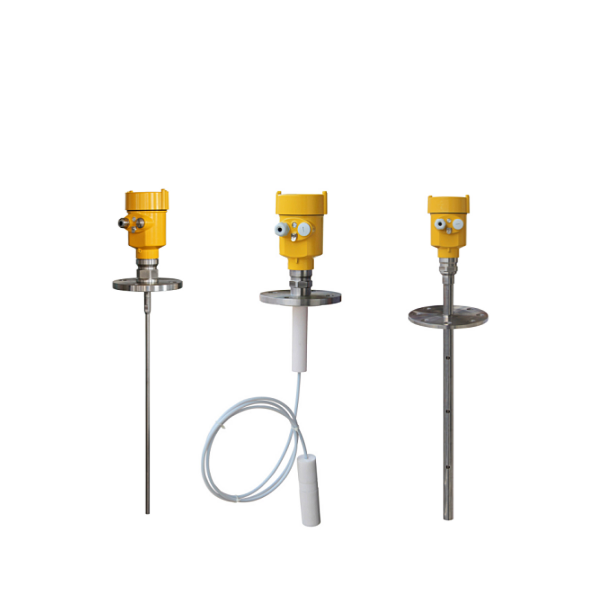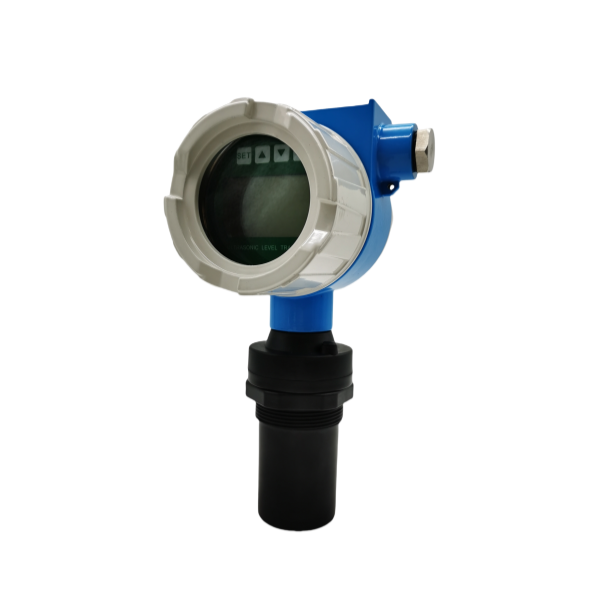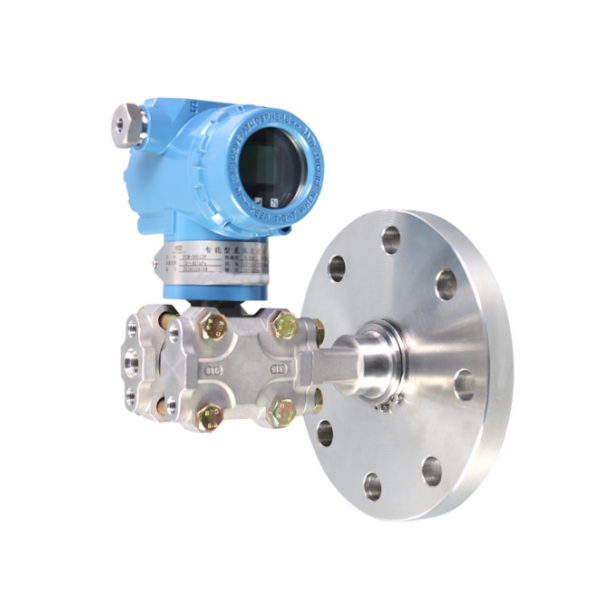Order Guide of Sanitary/Hygiene Level Sensor
The following parameters are required to select the appropriate model:
- Measurement range
- Measurement medium (specific names of liquids and gases)
- Output signal
- Maximum temperature
- Connection method
- With on-site display or without display
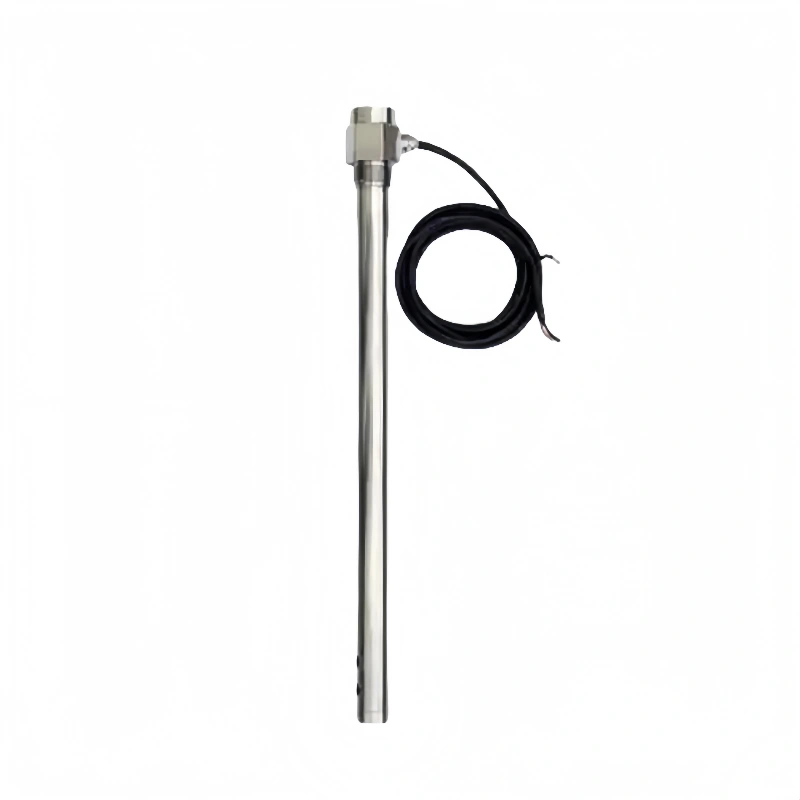
What are the Different Types of Level Sensors?
Liquid level sensors can be divided into the following categories according to their working principles:
- Principle: Detect liquid level by measuring the change in capacitance between two electrodes.
- Advantages: solid-state, can be installed non-contact (some models), compact, and accurate.
- Disadvantages: Calibration may be required. Sensitive to liquid type, corrosion of conductors will change the capacitance.
- Application: Widely used in liquid level monitoring in industries such as chemical, food, water treatment, power, and brewing.
- Principle: The float or float moves with the rise and fall of the liquid, and the liquid level change is converted into an electrical signal through a mechanical structure or magnetic device.
- Advantages: No external power supply is required (some models), and the liquid level is directly indicated.
- Disadvantages: Intrusive, with moving parts, and large size. May not be suitable for liquids with large fluctuations.
- Application: Used for level measurement and control of various liquid containers.
- Principle: Measure the liquid level by emitting high-frequency sound waves and calculating the time required for the sound waves to reflect back to the sensor.
- Advantages: Non-contact measurement. Suitable for level measurement of high viscosity and bulk solid materials.
- Disadvantages: High price, may be affected by environmental factors (such as turbulence, foam, temperature changes, etc.), and there are blind spots.
- Application: Suitable for systems and complex working conditions that require remote monitoring.
- Principle: Determine the liquid level by emitting microwave signals and measuring the time it takes for the signal to reflect back to the sensor.
- Advantages: Non-contact measurement, providing very accurate liquid level information. Can compensate for fixed structures in the container.
- Disadvantages: Relatively high price, may be affected by certain environmental factors.
- Application: Suitable for liquid level measurement in foam and viscous substances. And occasions where high-precision measurement is required.
